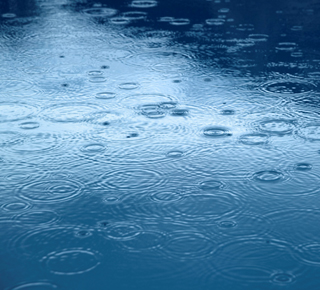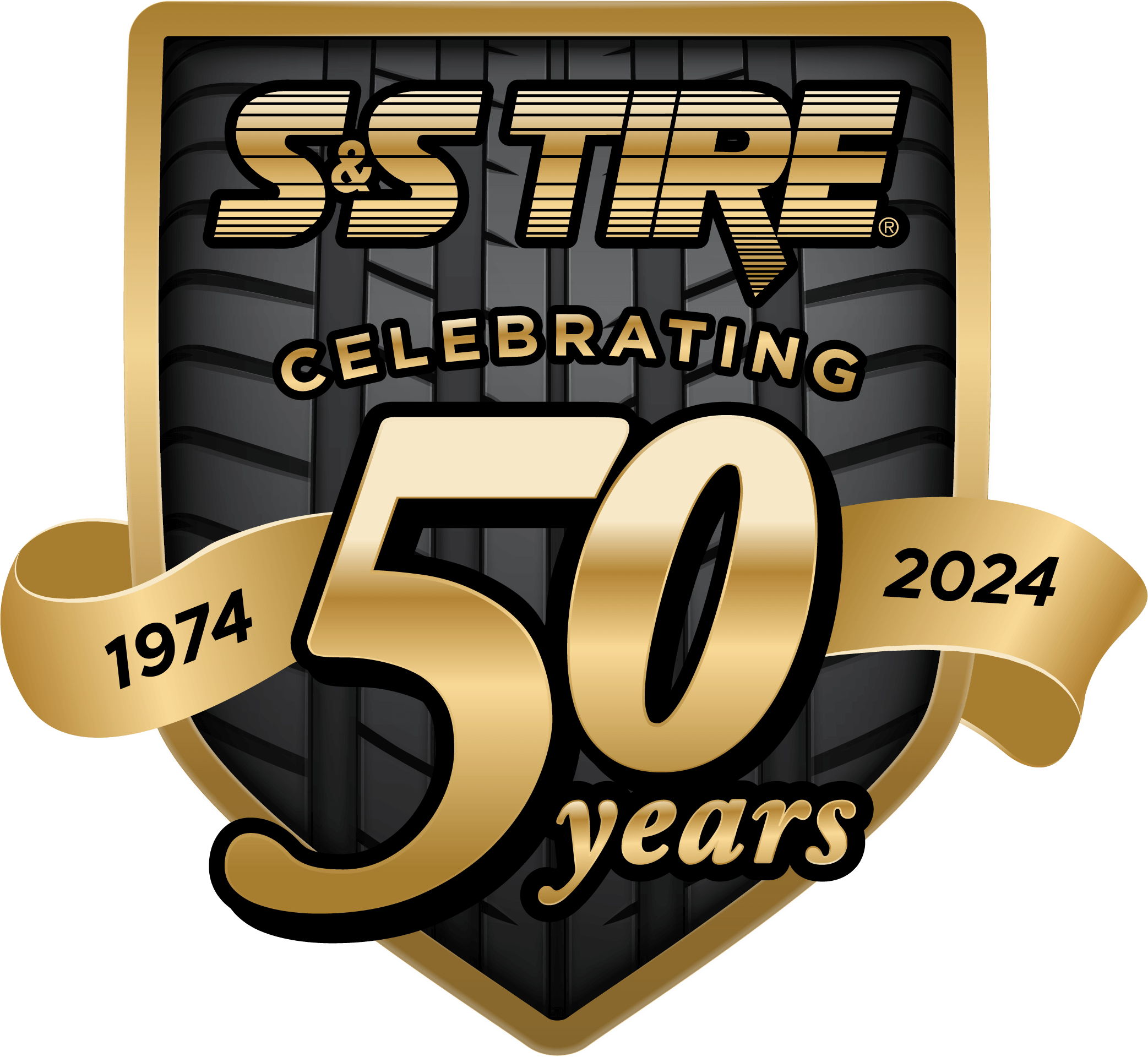 Hydroplaning occurs when the tires of a vehicle ride on top of water that is on the road rather than on the surface of the road. Many drivers may not realize that hydroplaning can happen even when road surfaces are slightly damp. Hydroplaning is a very real possibility whether you are driving in heavy rain or just after a passing shower. It is important for drivers to know how to handle hydroplaning when it occurs, and more importantly how to avoid it.
Hydroplaning occurs when the tires of a vehicle ride on top of water that is on the road rather than on the surface of the road. Many drivers may not realize that hydroplaning can happen even when road surfaces are slightly damp. Hydroplaning is a very real possibility whether you are driving in heavy rain or just after a passing shower. It is important for drivers to know how to handle hydroplaning when it occurs, and more importantly how to avoid it.
Those of us who have experienced hydroplaning can attest that it’s really scary situation. If hydroplaning does ever occur while you are driving, it is important to fight the urge to brake or turn suddenly. Try to ease your foot off the gas until the car slows and you can feel the contact with the road. If you must brake do it with a light pumping action. Most vehicles are now equipped with anti-lock braking systems that will safely and effectively pump automatically as you brake.
It is important to remember that hydroplaning is highly preventable. A few of the avoidable factors that contribute to the likelihood of hydroplaning include worn tire tread and improper inflation, as well as driving at high speeds.
Thanks to developments in tire technology, the tread on your tires has been designed to prevent hydroplaning by channeling and dispersing water and slush away from the face of the tire. Worn tread cannot do this because the channels lack the required depth. Under-inflated tires are also unable to disperse water properly.
Traveling at high speeds can increase the likelihood of hydroplaning. Moving at a higher speed, the tire does not have enough time to push the water out of the way, as it is designed to do.
Keeping your tires in good condition and driving smart in inclement weather will go a long way in preventing hydroplaning.
Always slow down when driving through rain, snow, or slush, especially when turning or on curves. Avoid driving through puddles or standing water whenever possible.
